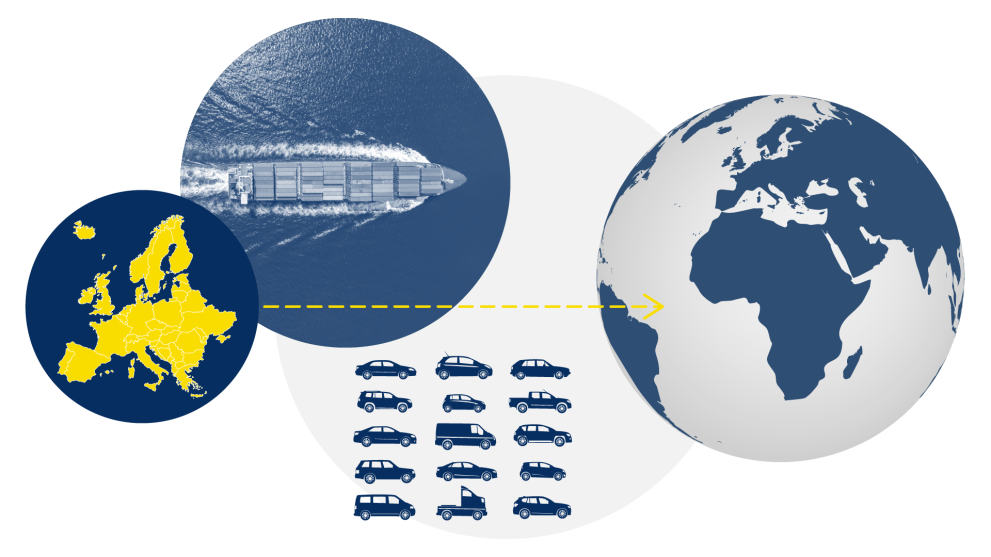What are the problems?
Vehicles at the end of their life are not being handled in an optimal way, resulting in loss of resources and pollution. Modern, low-emissions vehicles need light-weight materials, batteries and electronic components, which are dependent on imports and can be difficult to recycle.

Lack of circularity in design and production
Εxisting laws have not led to better eco-design of cars nor to an increase in use of recycled materials
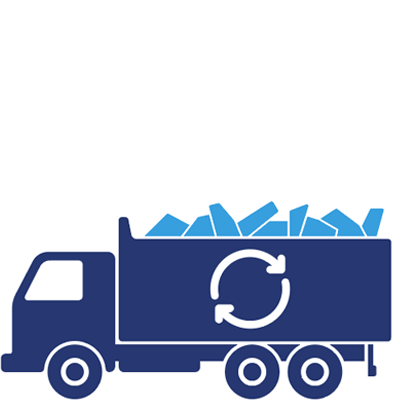
Poor quality of vehicle waste treatment
Low-quality scrap steel, insufficient separation of materials, low plastics recycling rates

High dependency on imported raw materials
Automotive industry consumes vast amounts of raw materials, many of which (such as rare elements for electric motors) must be imported

1/3 of vehicles go “missing”
Αround 3.5 million vehicles disappear without a trace from EU roads each year - and are exported, or disposed of illegally

Weak governance and lack of cooperation
Lack of financial accountability and not enough cooperation between manufacturers and recyclers

1/3 of vehicles by mass are not regulated
Lorries, motorcycles, buses are not covered by the current end-of-life vehicles rules
(Critical) raw materials
The production of vehicles is one of the most resource-intensive industries.
The automotive industry in the EU is the N°1 consumer of aluminium (42%), magnesium (44%), platinum group metals (63%), natural rubber (67%) and rare earth elements (30% in 2025, and growing exponentially).
What is the EU proposing?
A modern, future proof set of rules to improve the quality of end-of-life treatment, incentivise reuse, and make the most efficient use of precious resources
The new rules cover the entire cycle from design and production to end-of-life treatment.

Design circular
Improve the rules on how cars must be designed to be easily dismantled.
- set minimum reusability, recyclability and recoverability rates
- car makers must give detailed instructions to replace and remove parts and components
- vehicles must come with a vehicle circularity passport
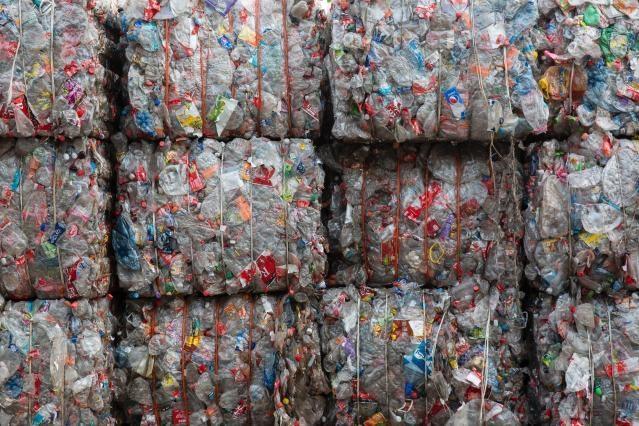
Use recycled content
- 25% of the plastic used to build a new vehicle must be recycled
- recycled content levels must be declared

Collect more and smarter
To put a stop to “missing” ELVs, enforce the current rules and increase transparency.
- connected national vehicle registration systems
- ban on exporting vehicles that aren’t roadworthy
- more inspections and fines
- clearer distinction between old and end-of-life vehicles
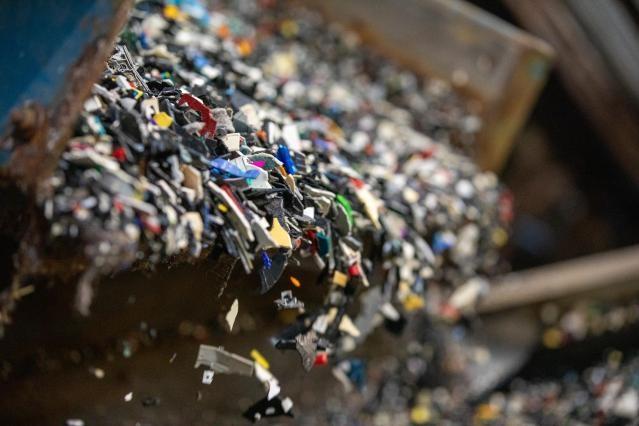
Treat better
Recover more and better-quality raw materials through
- stricter definition of recycling, landfill restrictions
- mandatory removal of valuable parts, components and materials
- 30% of plastics must be recycled
- stop mixing ELV waste with other waste
- incentives to encourage the sale of spare parts
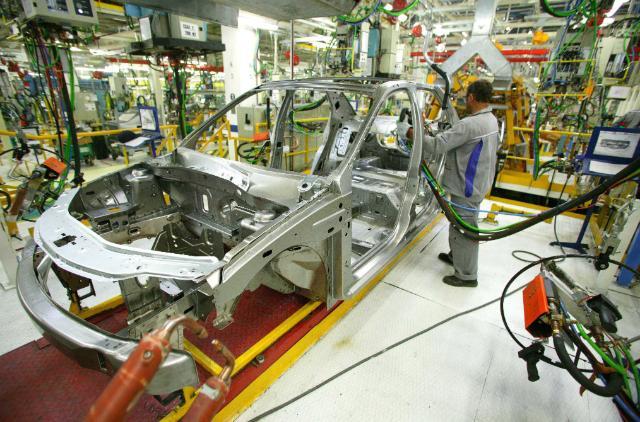
Make producers responsible
Better governance, better cooperation, more circularity
- strengthen "Extended Producer Responsibility" to encourage better quality waste treatment
- improve cooperation between manufacturers and recyclers
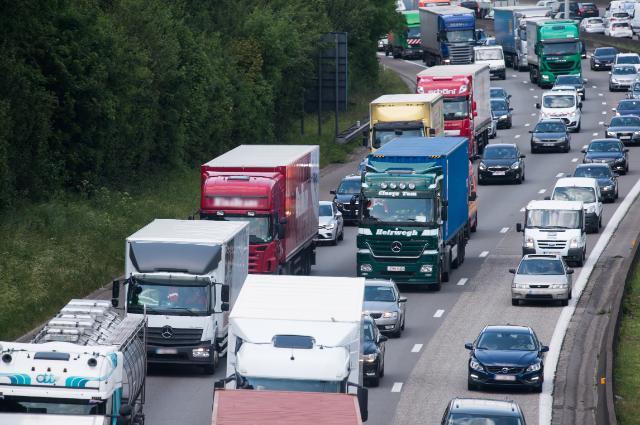
Cover more vehicles
Gradually extend the scope of the rules
- all lorries, buses and motorcycles will be treated at authorised facilities
- only roadworthy heavy duty vehicles may be exported
These changes mean that by 2035

12.8 million tons less CO2 emitted
worth 2.9 billion EUR

3.8 million more ELVs collected and treated in the EU
including motorcycles, lorries, buses and vehicles that could have been exported or dismantled illegally

350 tons of rare earth materials collected for reuse and recycling
significantly contributing to the EU’s strategic autonomy

5.4 million tons of materials recycled at higher quality or re-used
including plastics, steel, aluminium, copper and critical raw materials

22,000 new jobs will be created in the EU
including 14,000 jobs for SMEs, contributing to a stronger and modernised dismantling and recycling industry

Lower prices for second-hand parts and components
meaning it will be cheaper to maintain and repair vehicles
Stepping up in the area of exported used vehicles
Over 800,000 used vehicles are exported from the EU each year, mainly to Africa. Many of these vehicles are highly polluting and dangerous (causing traffic deaths) given their age.
The export of end-of-life vehicles is already banned. The new, stronger regulation and more traceability will ensure that only high-quality, technically fit European vehicles will be exported to consumers in 3rd countries
